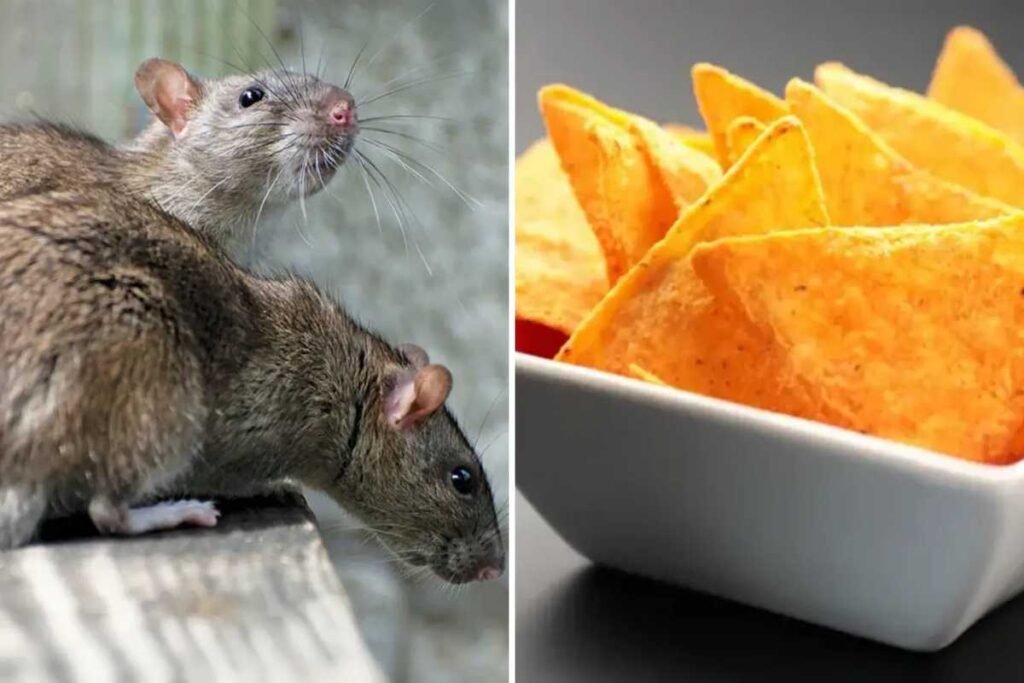(Source-newsx.com)
A surprising discovery by scientists at Stanford University has revealed that a common food dye, often found in the popular snack Doritos, can make a mouse’s skin transparent. The study, titled Achieving Optical Transparency in Live Animals with Absorbing Molecules, was published in the journal Science on September 5. The research details how the skin of live mice was made transparent, allowing for unprecedented visibility of internal tissues and organs.
The Experiment: Making Skin Transparent
The experiment was led by Dr. Zihao Ou, an assistant professor of physics at The University of Texas at Dallas. The primary goal was to find more effective ways to observe tissues and organs within living bodies. Researchers applied a mixture of water and tartrazine, a food dye known as FD&C Yellow 5, to the skin on the skulls and abdomens of live mice. This combination rendered the skin transparent, a phenomenon Dr. Ou described as akin to a “magic trick.”
“For those who understand the fundamental physics behind this, it makes sense; but if you aren’t familiar with it, it looks like a magic trick,” Ou explained. The transparency appears after a few minutes, similar to the way a facial cream or mask works. The time needed depends on how quickly the molecules diffuse into the skin.
How the Dye Works
The process hinges on the unique properties of the yellow dye. According to Dr. Ou, the dye absorbs most light, particularly blue and ultraviolet light, while the skin naturally scatters light. Individually, these two elements block light from passing through. However, when combined, they create a transparency effect in the mouse skin. This allowed researchers to directly observe blood vessels on the surface of the mouse’s brain as the skin on the skull became transparent.
In the abdomen, the researchers could see internal organs and even observe muscle contractions in the digestive tract. Despite the success in mice, the scientists have not yet tested the process on humans. Dr. Ou noted that human skin is approximately ten times thicker than that of mice, and it remains unclear what dosage or method would be required to achieve similar results in humans.
Potential Medical Applications
The implications of this study extend far beyond the lab. Dr. Ou suggested that this breakthrough could significantly impact biomedical research. “Our research group is mostly academic, so one of the first things we thought of when we saw the results of our experiments was how this might improve biomedical research,” he said.
Typically, optical equipment like microscopes is not used to study live humans or animals because light cannot penetrate living tissue. However, with this newfound ability to make tissue skin transparent, researchers could observe the detailed dynamics within the body, potentially revolutionizing existing optical research in biology.
This study opens up new avenues for non-invasive medical research and could lead to significant advancements in understanding the dynamics of living tissues. While the practical application in humans remains to be explored, the potential for this discovery to transform biomedical research is immense.









